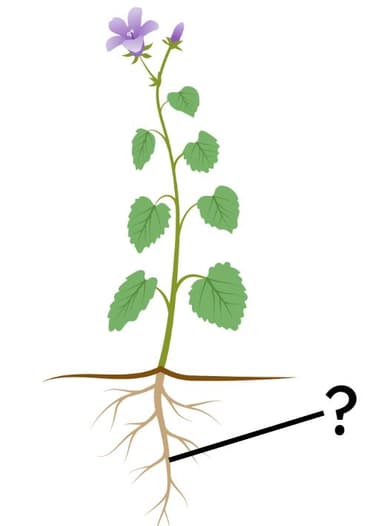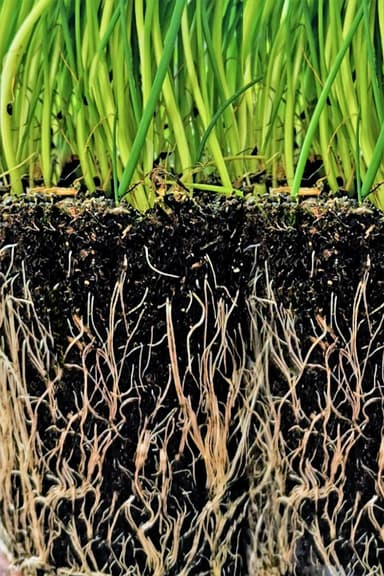The function of roots
I can describe why plants have roots.
The function of roots
I can describe why plants have roots.
These resources will be removed by end of Summer Term 2025.
Lesson details
Key learning points
- The roots of a plant usually sit below the surface of the soil.
- Roots provide support for the plant by holding the plant upright, especially in windy conditions.
- Roots absorb water and nutrients from soil to provide the plant with what it needs to grow and stay healthy.
Keywords
Roots - The part of a plant that anchors it in the soil is called the root. Roots take in water and nutrients for the plant.
Function - The task that something has is its function.
Absorb - To absorb is to soak something up.
Nutrient - A nutrient is any substance that plants or animals need in order to live or grow.
Soil - Soil is ground up rock mixed up with plant and animal remains.
Common misconception
Pupils may think that roots are like drinking straws that suck up water through their tips, rather than absorbing it across their whole length.
Share the model used in the lesson of a paper towel absorbing water to help pupils understand that water is absorbed, not sucked up, by the roots. Pupils could experience this for themselves in the classroom to help them understand and remember.
To help you plan your year 3 science lesson on: The function of roots, download all teaching resources for free and adapt to suit your pupils' needs...
To help you plan your year 3 science lesson on: The function of roots, download all teaching resources for free and adapt to suit your pupils' needs.
The starter quiz will activate and check your pupils' prior knowledge, with versions available both with and without answers in PDF format.
We use learning cycles to break down learning into key concepts or ideas linked to the learning outcome. Each learning cycle features explanations with checks for understanding and practice tasks with feedback. All of this is found in our slide decks, ready for you to download and edit. The practice tasks are also available as printable worksheets and some lessons have additional materials with extra material you might need for teaching the lesson.
The assessment exit quiz will test your pupils' understanding of the key learning points.
Our video is a tool for planning, showing how other teachers might teach the lesson, offering helpful tips, modelled explanations and inspiration for your own delivery in the classroom. Plus, you can set it as homework or revision for pupils and keep their learning on track by sharing an online pupil version of this lesson.
Explore more key stage 2 science lessons from the What plants do and what they need unit, dive into the full secondary science curriculum, or learn more about lesson planning.

Equipment
See additional materials.
Content guidance
- Risk assessment required - equipment
Supervision
Adult supervision required
Licence
Starter quiz
6 Questions



Exit quiz
6 Questions









